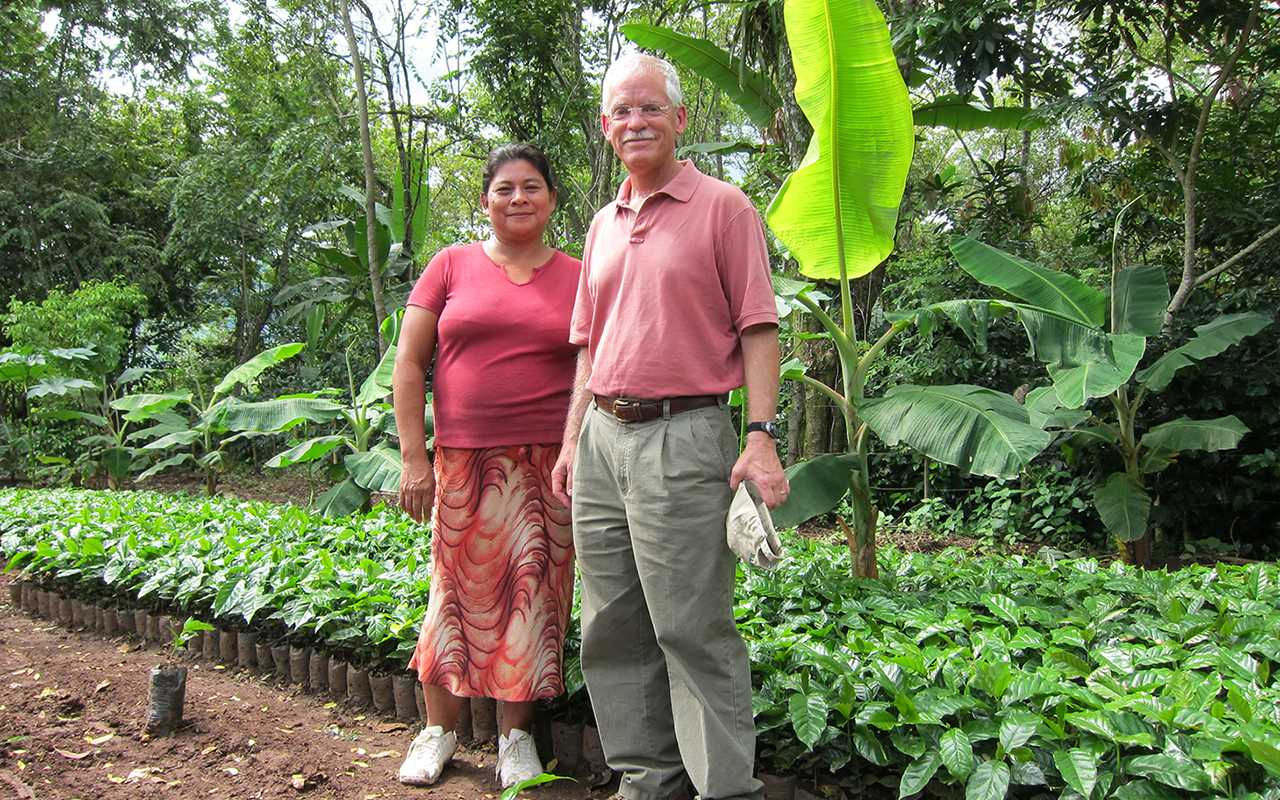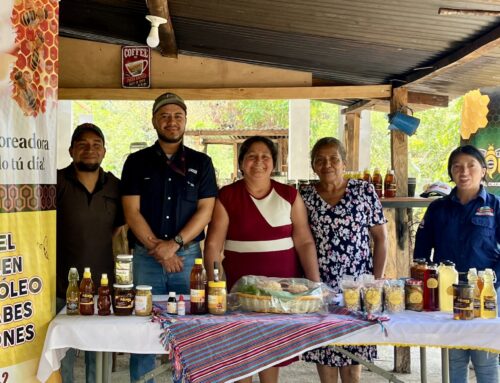El Coyolar, Nicaragua
I was seated in a white plastic chair at a folding card table in the backroom of a community cooperative building without electricity in El Coyolar, Nicaragua. The only light came through the open window. I was in Nicaragua with a team from CIAT (International Center for Tropical Agriculture) to spend a week interviewing small scale coffee farmers to better understand the challenges and opportunities they were facing.
My first interviewee was Sylvia, who came in and sat down across the card table from me. Sylvia was in her 30’s and had a husband and three children. We talked for a few minutes. I explained why I was there and thanked her for making time for this conversation that would include the same 22 questions we would ask all of the farmers interviewed that week. The questions centered on her farm and household issues including income from the coffee harvest, access to medical care, food security, and more.
I kept the questions as conversational as possible. Sylvia told me that nearly all of her family’s income came from coffee which barely covered essential household expenses like school supplies and uniforms for her children. Finally after almost an hour, we reached the last question: “Did you or your family have any periods of extreme scarcity of food over the past year, and if so, what did you do?” After a long pause, Sylvia wiped away the tears that had welled up in her eyes. When she composed herself she said that she and her family had 3-4 months of extreme scarcity of food every year. I was stunned, and my heart sank thinking of Sylvia and her family which apparently had fallen on hard times.
Sylvia explained that about 3 months after the coffee harvest ends, she and her family have largely depleted their income from coffee which they have devoted nearly all of their land to producing, and were close to 100% dependent upon coffee for their livelihoods. Like most of their neighbors, they did not grow their own food, but depended upon their income from coffee to meet the family’s needs. She told me that her family had three options to cope during these 3-4 “thin months” (los meses flacos): 1) eat the same diet, but less (i.e. consume fewer calories), 2) eat less expensive foods including fruits growing on their coffee parcel, or 3) borrow from family, friends, or the cooperative and repay the loan during the next coffee harvest, entering a cycle of debt.
When our conversation ended I thanked Sylvia for her openness and for sharing her pain related to food scarcity with me. Over the following days I learned that Sylvia’s experience was not unique; I heard the exact same answer to the last question from every farmer I interviewed. This information was so painful to me that I considered leaving my work at Green Mountain Coffee Roasters (GMCR) managing the company’s supply chain community outreach. Knowing that my paycheck was linked to the work of coffee farming families who could not afford food months of the year, was extremely disturbing. This just wasn’t how I wanted to live.
As I sat on the tarmac of Managua’s airport, I again wrestled with what to do with this information. I decided that the first step was to organize a meeting with some of the farmers who were interviewed, their cooperative leaders, and a few local NGOs to develop strategies to overcome these months. I attended the meeting only as an observer, as the solutions needed to come from the farming community itself. The meeting was facilitated by a friend from CIAT, and those in attendance agreed on two strategies: 1) diversify their land to grow food both for family consumption and for sale in the local markets and 2) for those with more land, grow and store corn and beans in small metal silos and draw from these during “the thin months” and sell any excess into the market during this time as an additional source of income.
With this information Marcela Pino, Janice Nadworny, and I founded Food 4 Farmers, a small but mighty organization laser focused on helping farmers overcome months of food scarcity with farm and income diversification programs designed in collaboration with farming families. Today, this small organization has projects in Mexico, Guatemala, Nicaragua, and Colombia that are helping approximately 1400 families put healthy food on their tables every day of the year, thanks to the support of many individuals, many companies in the coffee world, and a talented and committed staff and Board of Directors.
While Food 4 Farmers has grown in size and impact, “the thin months” persist in many coffee growing areas in Latin America and around the world. The combined impacts of volatile coffee prices, climate change, inflation, political instability, and COVID-19 have increased the risks for coffee farming families and are leaving them more vulnerable to periods of extreme scarcity of food.
Despite the current environment, Food 4 Farmers’ work continues to make a big difference, family by family, community by community. As an organization we are doubling down in face of these challenges, so that every coffee farming family we reach will have nutritious food on their table every day of the year.




